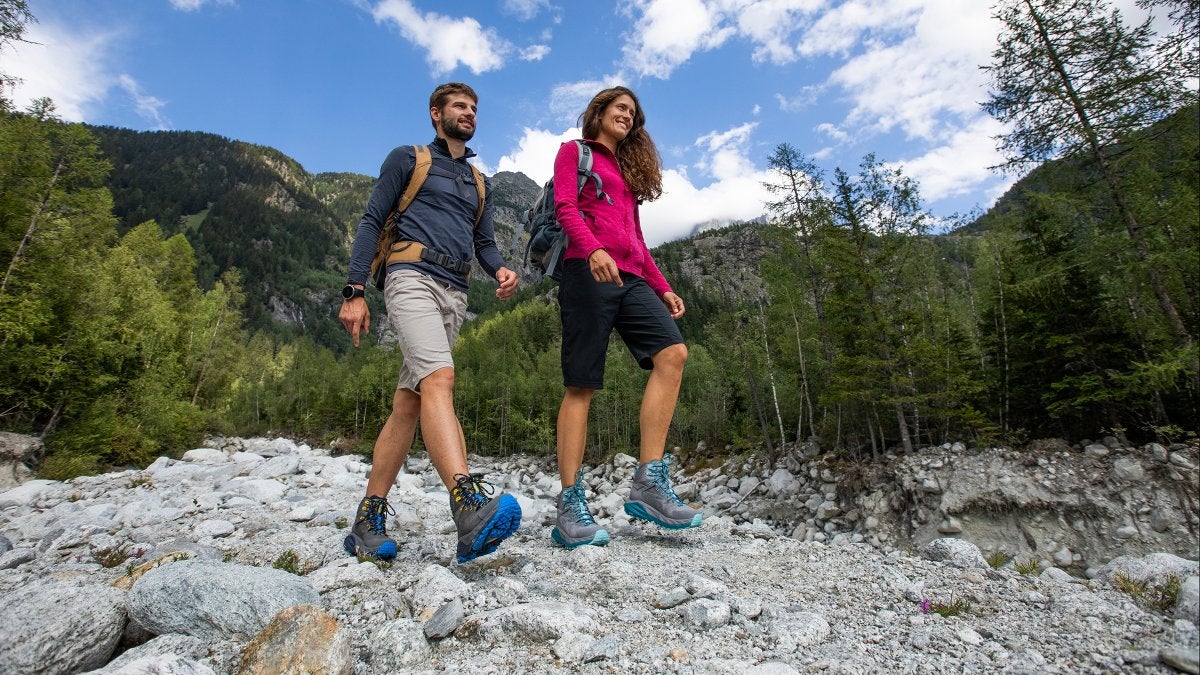Tips for Wildfire Safety Hiking and Camping
With the fire season drier than average this year, using precautions while hiking or camping in Washington’s backcountry areas is critical now more than ever. According to Crystal Raymond, aclimate adaptation specialist at the University of Washington Climate Impacts Group,”The exceptionally dry March enabled several small fires to start in western Washington, much earlier than normal. Although some moisture returned to the region in Spring, western Washington is still drier than average and has an elevated potential for wildfire this season. This dry trend is expected to continue through July and August, and by July, northeastern Washington is also expected to have an elevated potential for wildfire.
“Hiking and Camping is a popular and treasured activity in the Northwest. For many of us, a special part of spring, summer and fall is getting out and enjoying amazing scenery, experiencing our forests and viewing wildlife in backcountry areas with families, friends and pets to rest, relax and unwind. However, as wildfires become more prevalent in Washington’s backcountry areas, people should be aware of the dangers of backcountry wildland fires. Fast moving wildfires can surprise hikers and campers so if you are heading into the backcountry be prepared for wildfire and know the risks as well as ways to prevent getting trapped.
According to the US Forest Service, firefighting in recent years has consumed so much of their budget that they have been forced to reallocate funds from other important operations. By working to be safe and prevent wildfires, campers and hikers can help firefighting agencies and make a difference by keeping favorite camping or hiking areas safe and available for future generations and years to come by following a few simple guidelines:
Check for current fires in the area you are headed to, or fire bans, closures and restrictions with the forest service or other federal, state and local firefighting agencies, parks or local news services near your hiking or camping destination. You can also download a variety of heat-mapping wildfire interactive apps from your mobile device app store such as Apple’s free Wildfire Fire Map Info.app. High Country News magazine also recommends apps such as Weather Underground, available for both Iphone and Android.
Check air quality for safe levels to see if it is safe to camp or hike or if you should stay put for a few days until conditions become better. Carry an N95 Mask for smoke filtration in case you are surrounded with dense smoke or unhealthy air as cloth masks do not provide the sufficient filters needed in dense smoke areas.
Have a plan B for fast evacuation -Plan your trip route and know the terrain where you will be camping or hiking and create evacuation routes in case you are cut off.
When possible, stay in contact with family and friends or use a satellite communication device while you’re away to check on the latest fire risk and air quality information. If you become stranded or surrounded by wildfire, this information could save your life.
If fires are allowed where you are hiking or camping, be sure to build AND put out your fire responsibly by using a designated fire ring or established fire ring and be sure to rake back any flammable items nearby and NEVER leave your fire unattended. Additionally, be extremely careful when cooking in camp by using only approved camp stoves.
If pulling a trailer to your hiking or camping venue, make sure the trailer hitch chain isn’t dragging on the ground because sparks from trailer chains can start a fire. Specialized hitches and chains are available and specifically designed for this issue.
Be conservative in your decision making when hiking or camping in backcountry areas and turn around if you don’t feel safe. It is always better to be safe than sorry with wildfire!
For other hints and tips on wildfire prevention and backcountry hiking and camping go to:
- Before the Fire
- https://environment.uw.edu/news/2019/06/what-does-the-2019-fire-season-look-like-for-washington-uw-experts-weigh-in
- https://www.campendium.com/camping/camping-with-wildfires
- https://wenatcheeoutdoors.org/
- https://apps.apple.com/us/app/wildfire-fire-map-info/id1418851042
- https://www.wunderground.com/download
- https://www.hcn.org/blogs/goat/our-favorite-wildfire-and-weather-apps
PhotoCredit: Outsideonline.com
Article by Barbara Carrillo, Communications Consultant, Chumstick Wildfire Stewardship Coalition

